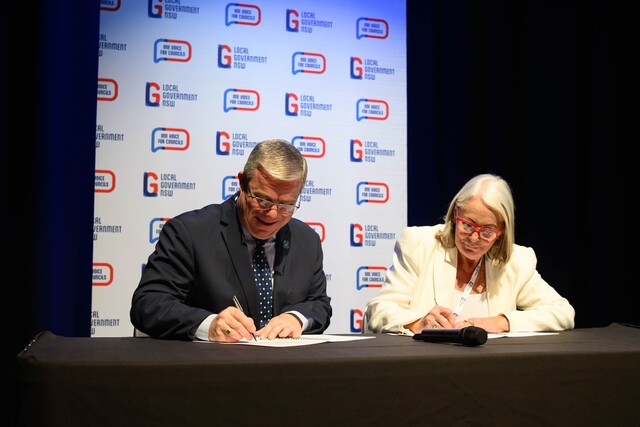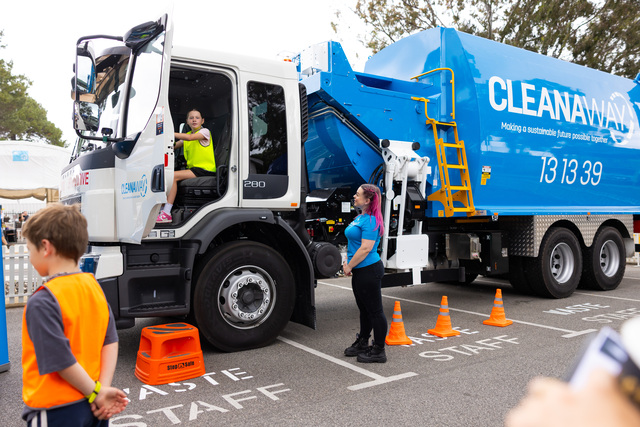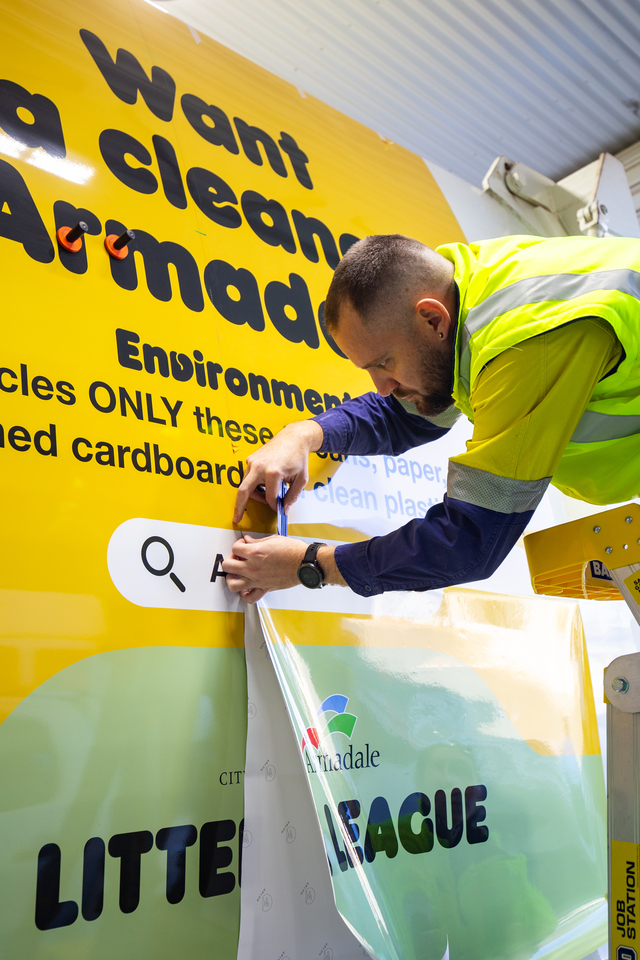The Australian Centre of Excellence for Local Government (ACELG), based at the University of Technology Sydney, has launched Australia’s first, extensive profile of the local government workforce.
The purpose of the report, ‘Profile of the Local Government Workforce’ is to support the implementation of the National Local Government Workforce Strategy prepared for ACELG by Local Government Managers Australia (LGMA).
Centre Director, Associate Professor Roberta Ryan says the report explodes the myth that local government is only about roads, rates and rubbish.
“Local Government is, in fact, an Australian powerhouse, punching above its weight in terms of its contribution to the nation’s economy and social fabric, particularly in regional, rural and remote Australia.
“Australia’s 556 local governments employ nearly 200,000 people in a diverse range of roles across the country.
“Together, Australia’s local governments spend more than $30 billion annually.”
Professor Ryan said that the flow on effect from local government employment is significant.
“It offers opportunities for on-going training and career development.
“It enables people and their families to stay being part of the community and contributing to the local economy.
“The data on the participation by women in local government politics explodes gender myths.
“About one third of all councillors and one quarter of mayors are women.
“The most interesting thing here is that the proportion of women being elected to these positions is about equal to the proportion being nominated.
“This strongly suggests that, when they stand for local government election, women are successful and the real barrier is getting more women to stand in the first place.
“We need to know why women aren’t putting themselves forward for election and we have a long way to go before we achieve gender equity among elected members.”
The report also shows that more than 4.5 percent of the local government workforce across Australia is Indigenous.
The figure surpasses both state and territory governments (two percent), the federal government (1.5 percent), and the private sector (1.3 percent). Nationally, local government has exceeded the Council of Australian Governments (CoAG) public sector indigenous employment target of 2.6 percent.
The local government workforce is also ageing and, on average, is older compared with other government and industry sectors.
According to the ABS Census, 37 percent of the local government workforce is aged 50 years or over, compared to the Australian labour force average of 29 percent.
Correspondingly, the proportion of local government employees aged less than 35 years is much lower than the Australian average.
Professor Ryan said that the study demonstrated the significance of local government to Australia’s economic, environmental and social foundations.
“With the federalism debate upon us, there is no better time for the local government sector to step up, more assertively participate in the debate and seek the support needed for its workforce to have a stronger role in our federation, particularly as it is a key enabler of community well-being.
“At the same time, local government needs to look internally.
“The biggest workforce challenges facing the sector are the ageing workforce, high levels of impending retirement, and male dominated senior management ranks.
“A greater commitment to workforce planning is the key strategy that can help the sector respond to these issues.”
The report is avaliable online here.








